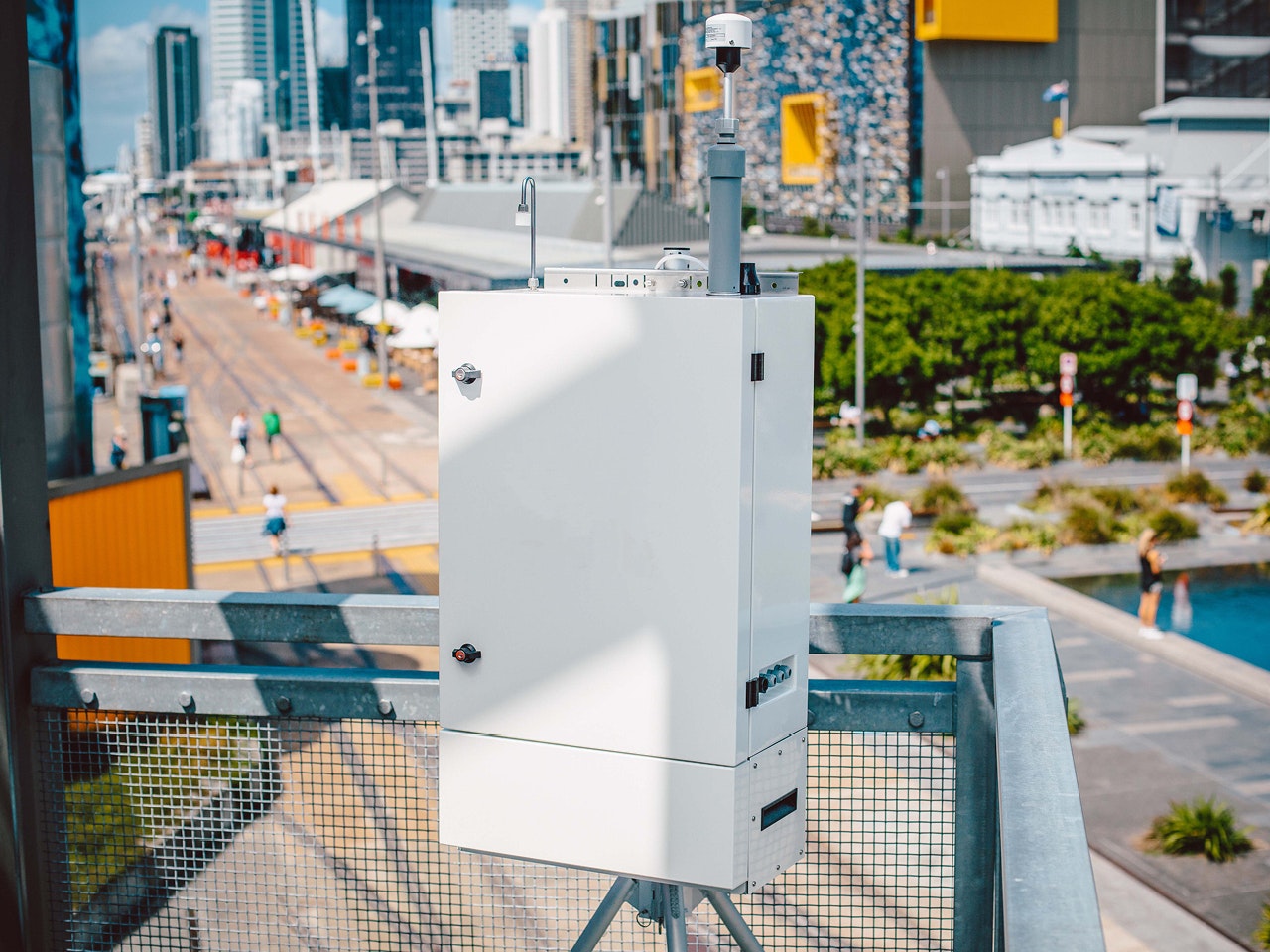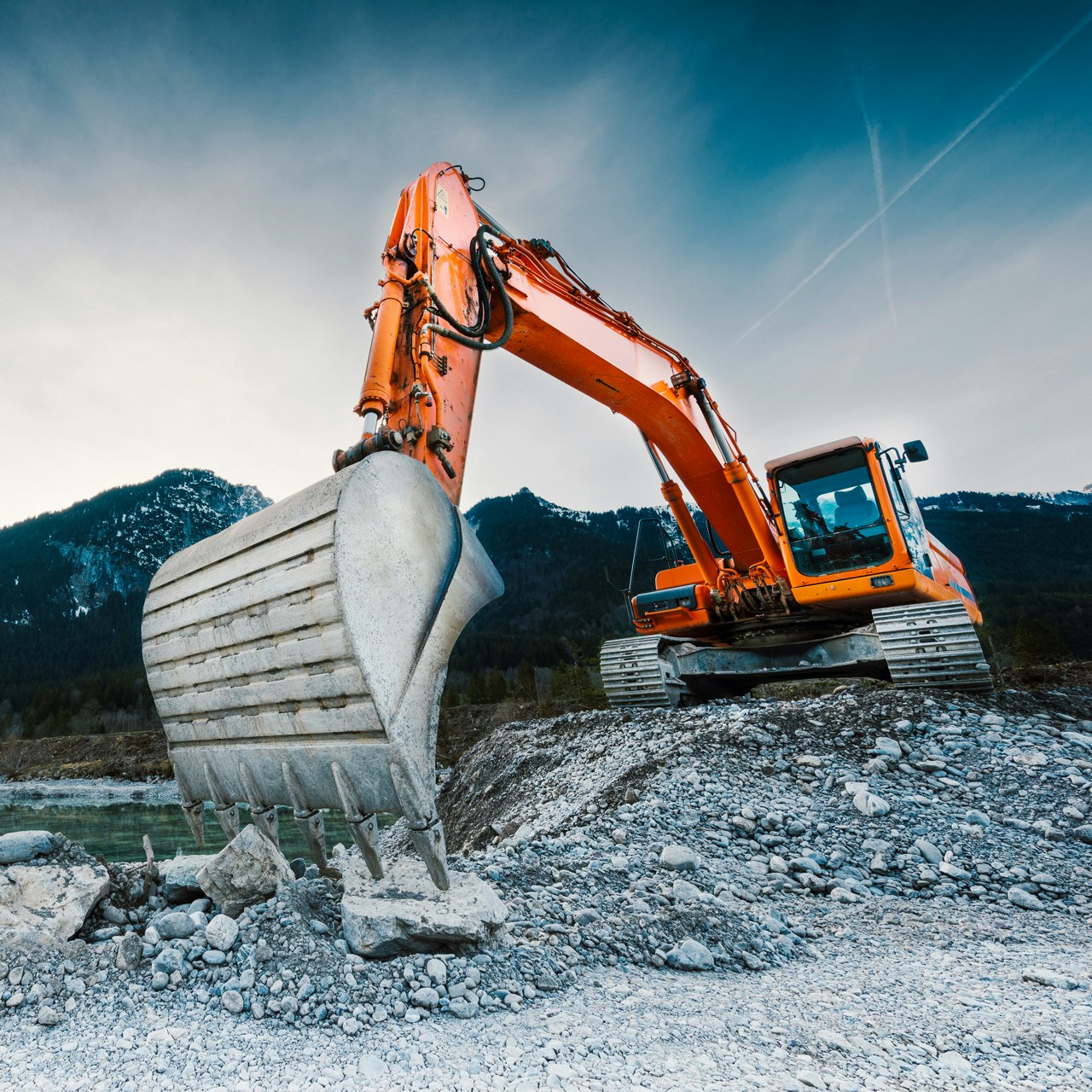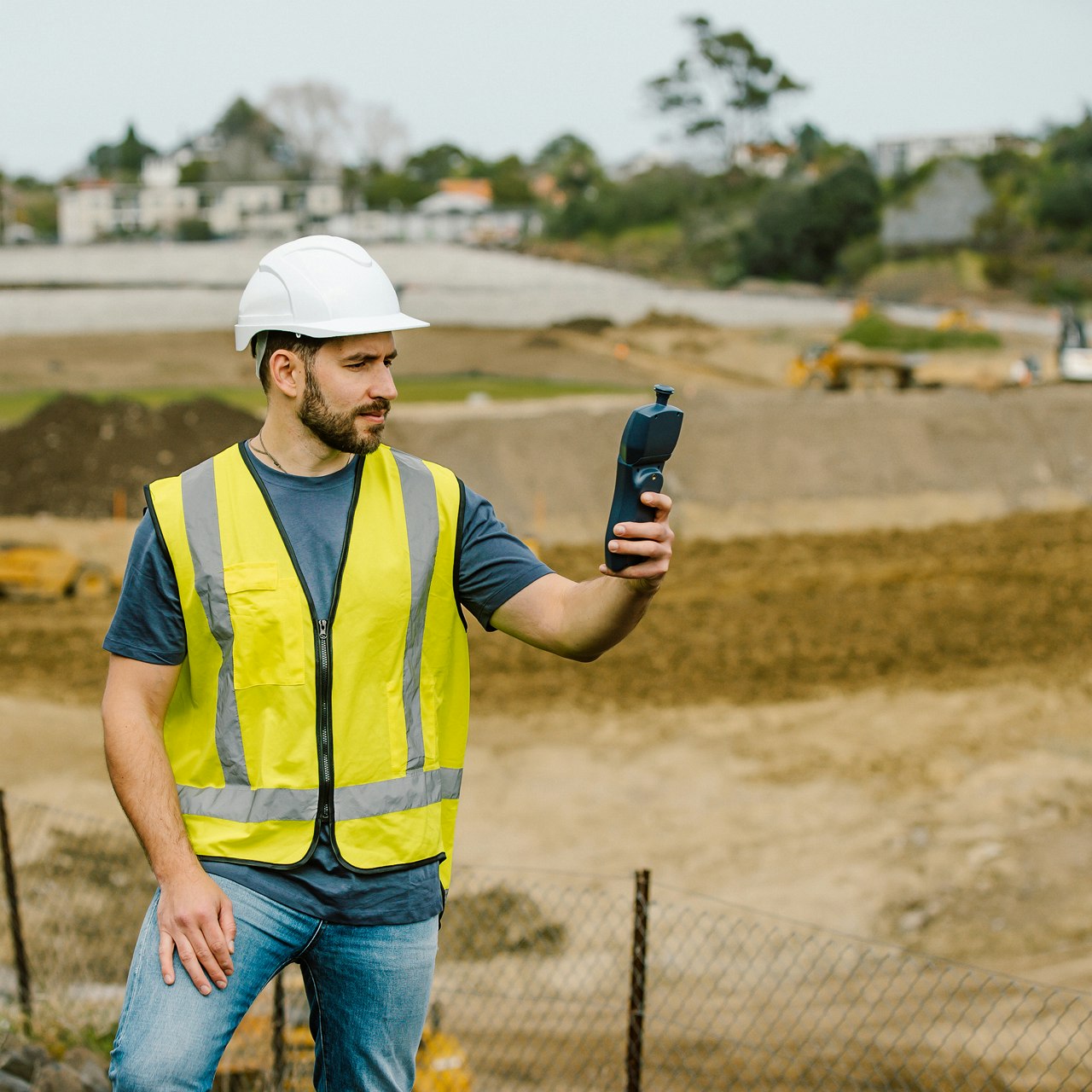Particle Counter (Profiler)
The particle counter can be integrated into the AQM 65 or AQS 1 along with gas analyzer modules to give continuous and simultaneous measurement of dust/particulate and gas.
Designed for those who want maximum data from a single sensor, the particle profiler module provides continuous and simultaneous measurement of PM10, PM2.5, PM1, and TSP. This breadth of measurement is valuable in research and monitoring studies, and industrial applications where more than one size fraction is of interest.
Learn more about particulate matter (PM) measurement principles, specifications and performance on the PM measurements page.
Profiler specifications
Sensor Code
AQM: AQM PP8
AQS: AQS PP8
Range
PM1 200 μg/m3
PM2.5 2000 μg/m3
PM10 5000 μg/m3
TSP 5000 μg/m3
Optional Particulate Counts:
0.3, 0.5, 0.7, 1.0, 2.0, 3.0, 5.0, 10 microns (counts range: 0-100,000 counts/L)
Sensor Type
Optical Particle Counter
Accuracy
< ± (5 μg/m3 + 15% of reading)
Flow Rate
1L per minute
Lower Detectable Limit (2σ)
< 1 μg/m3
Industry-leading technology
The profiler comprises an optical particle counter that converts counts to a mass fraction via a proprietary algorithm stored in the system firmware. Measurements are logged and reported in real-time. The profiler is configured to display and log particle mass by default. However, there is also an option to configure the instrument to record particle counts.
The particle counter uses scattered light to measure and count particles. Light from a laser diode is collimated to illuminate the aerosol sample flow. When a particle is present it scatters the incident laser light which is detected using a 60-degree solid angle elliptical mirror at right angles to the laser beam. The amount of scattered light is converted to a voltage pulse and the amplitude of the pulse is calibrated to a particle diameter. The particles are thus assigned on the basis of size to one of eight channels. An on-board temperature sensor corrects for thermal drift, and a sheath air filter keeps the optics clean even in harsh environments.
Good value
Compared to reference instruments such as a beta attenuation monitor (BAM) this particle counter is compact, lightweight, and costs 3-5 x less to own and operate. In addition, data is measured, logged, and reported at one-minute intervals.
Typical applications
Typical applications include:
- Air quality research
- Industrial perimeter monitoring
- Environmental impact assessments (EIA)
- Roadside and near roadside monitoring
- Checking pollution ‘hotspots’
Servicing
Keep calibration up to date without the downtime. Maintaining an up-to-date calibration certificate gives you and project stakeholders confidence in the data from the air monitoring instruments. Our Hot-swap Service makes the process of factory calibration easy. We send you a freshly calibrated module from our stock. You replace the old module with the new one and send the old one back to us. And that’s it – calibration all up to date and zero downtime.
Read full details on the Aeroqual Hot-swap Service page.
Real-time air monitoring made easy
Take the time and hassle out of your next project with a real-time air quality monitoring solution.












